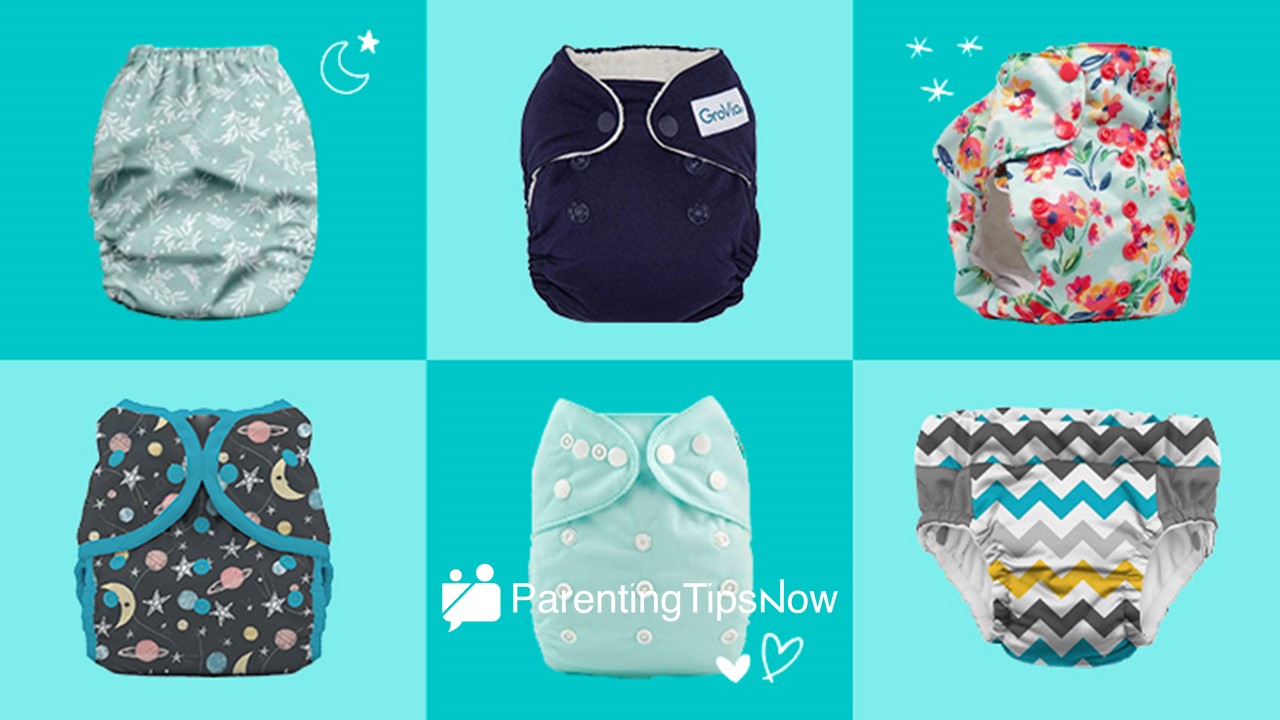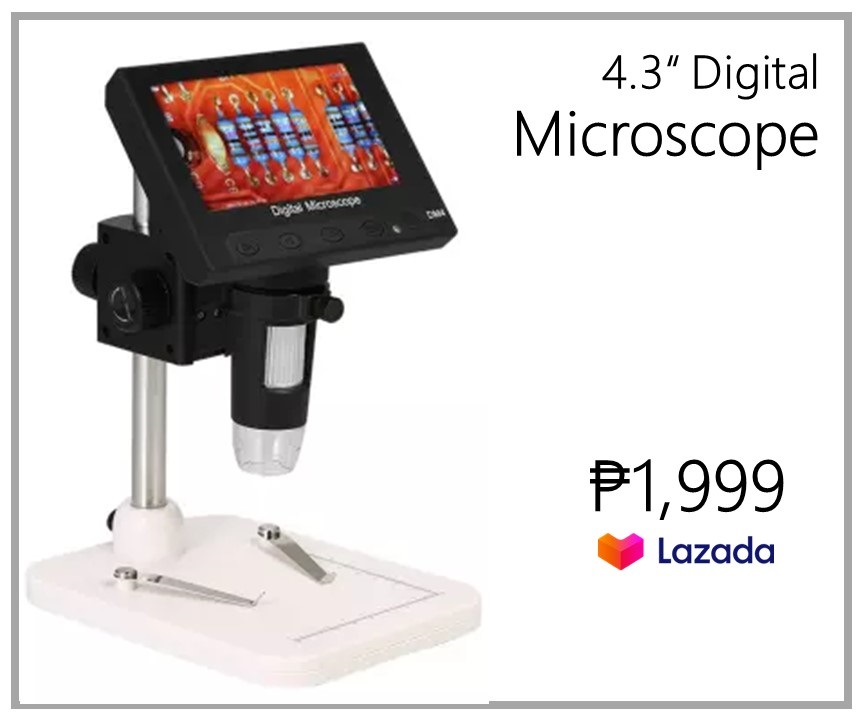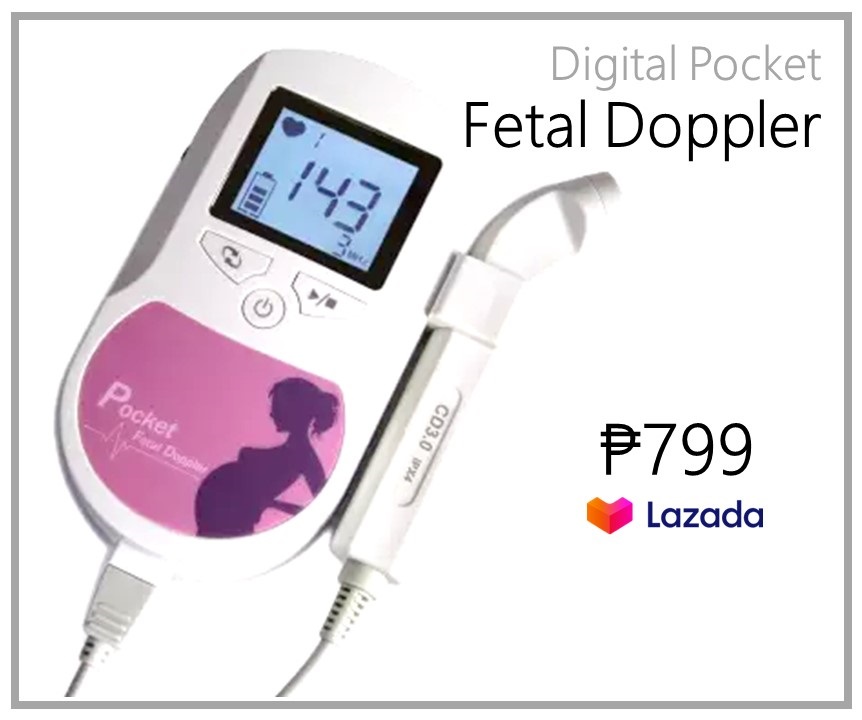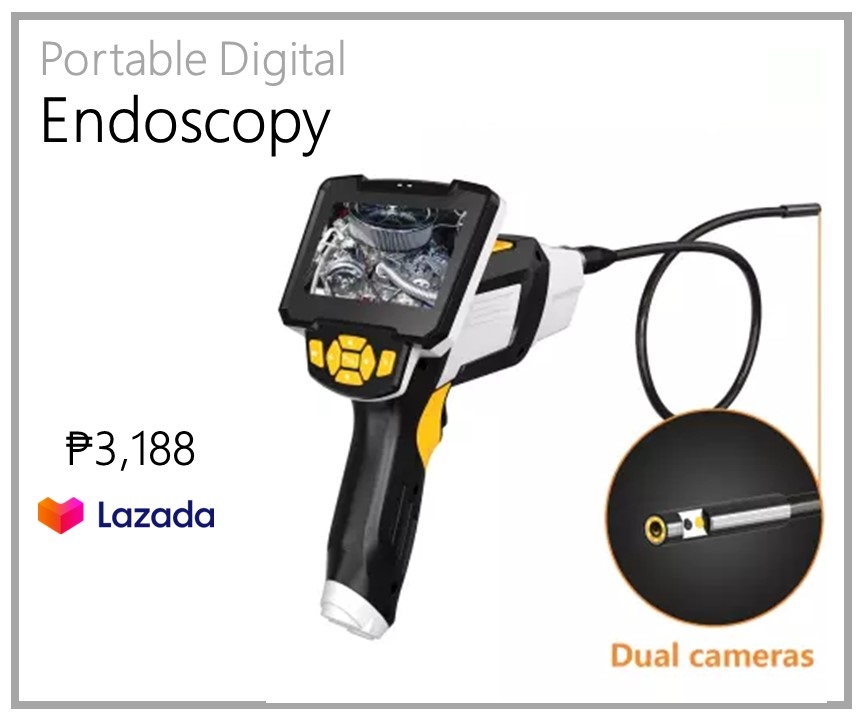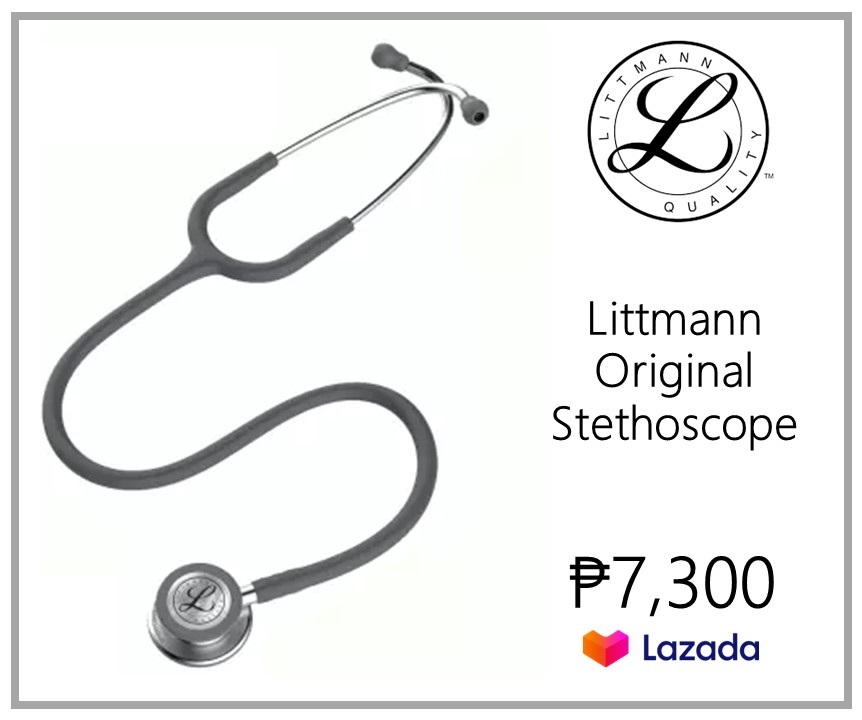Table of Contents
ToggleAs a new mom in the Philippines, navigating the world of infant diapers can feel like diving into a sea of endless options. From ultra-absorbent to eco-friendly, the market is flooded with choices promising to keep your little one dry and comfortable. In this article, we’ll explore 11 types of infant diapers that are revolutionizing the diaper game for moms across the archipelago. Whether you’re looking for budget-friendly options or premium brands that prioritize sustainability, there’s a diaper out there designed to make your life easier and your newborn baby happier. Join us on this journey through the diverse landscape of infant diapers in the Philippines and discover which one suits your parenting style best!
The Price Range of Infant Diapers in the Philippines: How Much?
When it comes to the price range of infant diapers in the Philippines, there is a wide variety to choose from to suit different budget constraints. On average, a pack of disposable diapers can cost anywhere from PHP 150 to PHP 700, depending on the brand and quantity. Premium brands such as Pampers and Huggies tend to be on the higher end of the price spectrum, while local brands offer more affordable options without compromising on quality.
For those looking for more environmentally friendly options, cloth diapers are also available at varying prices, ranging from PHP 200 to PHP 1,000 per piece. While they may have a higher initial cost, their reusability makes them a cost-effective choice in the long run. Ultimately, parents have a plethora of choices when it comes to infant diaper prices in the Philippines, allowing them to select what best fits their needs and budget.
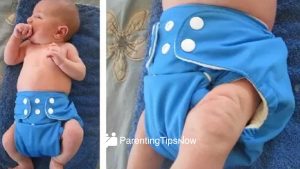
Where Can You Buy Infant Diapers in the Philippines? Online and Retail Stores
When it comes to buying infant diapers in the Philippines, both online and retail stores offer a wide range of options to choose from. Online platforms like Lazada, Shopee, and Babymama provide convenience and a wide selection of diaper brands for busy moms. Retail stores such as SM Malls, Robinsons Department Store, and Puregold also cater to parents who prefer traditional shopping experiences with the advantage of seeing and feeling the products before making a purchase.
For those looking for eco-friendly options, specialty stores like The Parenting Emporium offer cloth diapers that are reusable and environmentally sustainable. Shopping for infant diapers in the Philippines is not just about meeting your baby’s needs but also reflects the evolving preferences of modern parents who prioritize quality, convenience, and sustainability when choosing products for their little ones. Whether you opt for online shopping or enjoy browsing through retail stores, the variety available ensures that there’s a perfect diaper option out there waiting to make mom’s life easier.
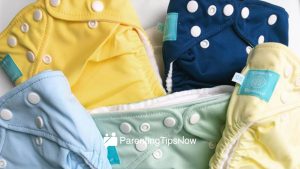
What are the Different Types of Infant Diapers in the Philippines?
When it comes to choosing the right diaper for your baby, Filipino moms are spoiled for choice with a wide variety of options available in the market. From traditional cloth diapers to modern disposable ones, each type offers unique benefits catering to different preferences and needs. Cloth diapers have been a long-standing favorite among eco-conscious parents, as they are reusable and contribute to reducing waste. On the other hand, disposable diapers provide convenience and absorbency, making them ideal for on-the-go families.
Meanwhile, hybrid infant diapers in the Philippines offer a blend of both cloth and disposable features, giving parents the flexibility to choose based on their requirements. Swim diapers are perfect for beach trips or pool days, ensuring that your little one can have fun in the water without any accidents. Overnight diapers are designed with extra absorbency to keep babies dry throughout the night, promoting uninterrupted sleep for both parents and infants alike. With such a diverse range of infant diapers available in the Philippines, moms can easily find the perfect fit for their child’s comfort and well-being.
Here are 11 Types of Infant Diapers in the Philippines with their prices:
1. Disposable Infant Diapers in the Philippines: What is the Price Range and Advantages
When it comes to disposable infant diapers in the Philippines, the price range varies depending on the brand and quality. On average, a pack of 20 diapers can cost around 150 to 300 Philippine pesos. While some may find this cost relatively high, the convenience and practicality of disposable diapers far outweigh the initial investment. One significant advantage is the absorption capacity of modern disposable diapers, keeping babies dry for longer periods and preventing rashes.
Moreover, disposable infant diapers come in various sizes to cater to babies’ different age groups and weights. This ensures a proper fit and prevents leakage, giving parents peace of mind during their little one’s antics. The convenience factor cannot be understated either; with busy lifestyles becoming more common among Filipino families, disposable diapers provide a hassle-free solution to diaper changing that saves time and reduces stress.
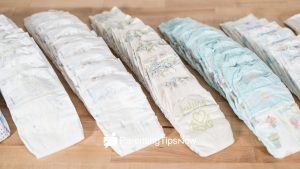
2. Flat or Unfolded Cloth Infant Diapers in the Philippines: What is the Price Range and Advantages
When it comes to infant diapers in the Philippines, the choice between flat or unfolded cloth diapers is one that many parents consider. Flat cloth diapers are an economical option with a price range of around PHP 150 to PHP 300 for a dozen pieces, making them a cost-effective choice for budget-conscious families. One of the main advantages of flat or unfold cloth diapers is their versatility – they can be easily folded and adjusted to fit any baby size, ensuring a snug and comfortable fit.
Moreover, using flat or unfolded cloth diapers promotes sustainability as they are reusable and reduce waste compared to disposable options. With proper care and washing routine, these cloth diapers can last through multiple children, offering long-term savings and benefiting the environment by reducing landfill waste. In addition to being eco-friendly, these diapers are also gentle on a baby’s delicate skin, as they typically do not contain chemicals or artificial fragrances that could cause irritation.

3. Prefold Cloth Infant Diapers in the Philippines: What is the Price Range and Advantages
When it comes to cloth diapering for infants, prefold infant diapers in the Philippines are a popular choice among eco-conscious parents. These versatile diapers typically come in a variety of price ranges, depending on the brand and quality. In the Philippines, prefold cloth infant diapers in the Philippines can range from around PHP 200 to PHP 500 per piece, making them an affordable and sustainable option for many families.
One of the key advantages of prefold cloth diapers is their reusability and durability. Unlike disposable diapers that end up in landfills after a single use, prefolds can be washed and reused multiple times, reducing waste and saving money in the long run. Additionally, prefold diapers are known for their absorbency and customizability, with added inserts or boosters for heavy wetters or overnight use. Parents appreciate the flexibility and cost-effectiveness of prefolds while also contributing to a greener environment for their little ones to grow up in.

4. Fitted Cloth Infant Diapers in the Philippines: What is the Price Range and Advantages
When it comes to fitted cloth infant diapers in the Philippines, parents have the option to choose from a range of prices depending on the quality and brand. On average, fitted cloth diapers can cost anywhere from ₱300 to ₱800 per piece. Despite being slightly more expensive upfront than disposable diapers, these reusable options offer significant long-term savings as they can be washed and reused multiple times.
One of the primary advantages of fitted cloth infant diapers is their environmental friendliness. With increasing awareness about sustainability, many parents are turning to cloth diapers as a way to reduce waste and minimize their carbon footprint. Additionally, fitted cloth diapers are often praised for being gentle on a baby’s delicate skin, as they are typically made from soft materials that help prevent diaper rashes and irritation.
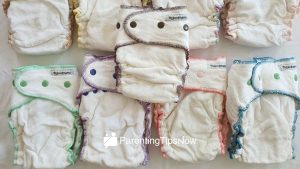
5. Pocket Cloth Infant Diapers in the Philippines: What is the Price Range and Advantages
Pocket cloth infant diapers in the Philippines are gaining popularity due to their eco-friendly and cost-effective nature. These diapers come in a wide range of prices, typically starting at around 250 pesos per piece for basic designs, while premium brands can go up to 500 pesos or more. One of the main advantages of pocket cloth diapers is their reusability, making them not only environmentally friendly but also budget-friendly in the long run.
Moreover, pocket cloth diapers provide a customizable fit with adjustable snaps or velcro closures, ensuring comfort and leak protection for infants of all sizes. The inner pocket allows for easy insertion of absorbent inserts, providing flexibility in absorption levels based on your baby’s needs. This innovative design makes pocket cloth diapers a convenient choice for moms looking for practical and sustainable diapering options in the Philippines.

6. Hybrid Cloth Infant Diapers in the Philippines: What is the Price Range and Advantages
Exploring the world of infant diapers in the Philippines unveils a unique gem: hybrid cloth diapers. These innovative creations combine the eco-friendliness of cloth with the convenience of disposables, offering a sustainable and cost-effective solution for parents. In terms of pricing, hybrid cloth infant diapers typically range from 500 to 1500 Philippine pesos per piece, depending on the brand and features.
What sets hybrid cloth diapers apart is their versatility and reusability. With adjustable snaps and inserts, these diapers can grow with your baby, saving you money in the long run. They also come in a wide array of designs and colors, making diaper changes not just practical but fun as well. Embracing hybrid cloth infant diapers not only benefits your wallet but also contributes to a greener environment for future generations.
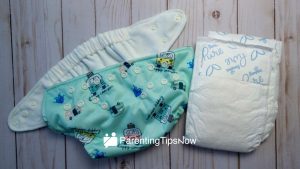
7. Contour Cloth Infant Diapers in the Philippines: What is the Price Range and Advantages
When it comes to contour cloth infant diapers in the Philippines, many parents are drawn to their cost-effective nature and eco-friendly advantages. These diapers are designed to be reusable, making them an attractive option for budget-conscious families looking to reduce their environmental footprint. The price range for Contour Cloth Infant Diapers in the Philippines varies depending on the brand and quality, but they generally offer long-term savings compared to disposable options.
In addition to being economical, Contour Cloth Infant Diapers provide a more customizable fit for babies of all shapes and sizes. The snug contour design ensures maximum comfort and prevents leaks, giving parents peace of mind throughout the day. With adjustable closures and soft fabrics, these diapers offer a practical solution for busy moms who want a sustainable alternative without compromising on convenience or functionality.

8. Sleeve Cloth Infant Diapers in the Philippines: What is the Price Range and Advantages
Sleeve cloth infant diapers have been gaining popularity among Filipino moms for their eco-friendly and cost-effective features. These diapers typically range in price from P250 to P500 per piece, making them a budget-friendly option for parents looking to reduce their environmental impact while saving money in the long run.*
One of the key advantages of sleeve cloth infant diapers is their reusable nature, leading to significant savings over time compared to disposable counterparts. Additionally, these diapers are known for being gentle on a baby’s delicate skin due to the soft materials used in their construction.
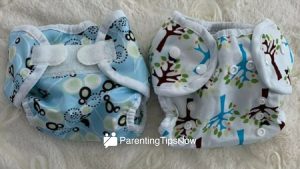
9. All-in-one Cloth Infant Diapers in the Philippines: What is the Price Range and Advantages
When it comes to all-in-one cloth infant diapers in the Philippines, moms are finding a cost-effective and eco-friendly solution for their baby’s diapering needs. These convenient diapers come at a price range of approximately 500 to 1,300 Philippine pesos per piece, making them a sustainable option for budget-conscious parents. The key advantage lies in the reusable nature of these cloth diapers, helping reduce waste and contributing positively to the environment.
Moreover, all-in-one cloth infant diapers offer superior comfort and breathability for babies compared to traditional disposable options. With adjustable sizes and secure closures, these diapers provide a snug fit that ensures leak-proof protection while keeping your little one dry and happy. Moms are embracing this trend not only for its financial benefits but also for its environmentally friendly approach that aligns with their values as caretakers of the future generation.
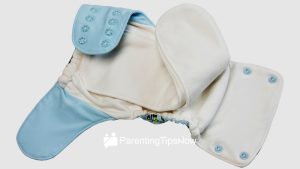
10. All-in-two Cloth Infant Diapers in the Philippines: What is the Price Range and Advantages
All-in-two cloth infant diapers in the Philippines are gaining popularity among eco-conscious Filipino parents for their cost-effectiveness and sustainability. With prices ranging from Php 400 to Php 800 per diaper, they may initially seem more expensive than disposable options. However, in the long run, these reusable diapers can save families hundreds of pesos by eliminating the need to purchase disposables constantly.
One of the main advantages of all-in-two cloth diapers is their versatility. The outer shell can be used multiple times before needing to be changed, allowing parents to replace the absorbent insert when wet or soiled simply. This not only reduces laundry loads but also makes them more convenient for on-the-go parents who appreciate a simpler diapering routine. Moreover, with adjustable snaps or Velcro closures, these diapers provide a tailored fit for babies of different sizes, ensuring comfort and leak-proof protection throughout the day.
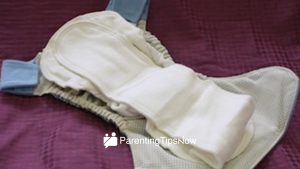
11. Pull-up Diapers Cloth Infant Diapers in the Philippines: What is the Price Range and Advantages
Pull-up cloth infant diapers in the Philippines are gaining popularity for their convenience and eco-friendliness. The price range for these innovative diapers varies, but they generally offer a cost-effective solution in the long run compared to disposable diapers. Aside from being gentle on the environment, pull-up cloth diapers are also gentle on your baby’s skin, reducing the risk of rashes and other irritations.
One significant advantage of pull-up cloth infant diapers is their adjustable fit, making them suitable for babies of all sizes. This flexibility allows parents to continue using the same set of diapers as their baby grows, saving them money in the process. Additionally, many parents find that using cloth diapers helps them establish a stronger bond with their babies through regular diaper changes and eco-conscious parenting practices.
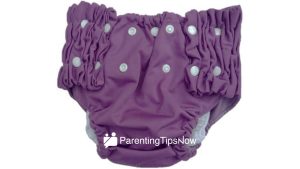
How to Choose the Right Infant Diapers in the Philippines
Choosing the right infant diapers in the Philippines is crucial for both your baby’s comfort and your convenience. Consider factors such as fit, absorbency, and materials used when making your decision. Opt for diapers with a snug yet comfortable fit to prevent leaks and ensure your baby can move freely.
Furthermore, choose diapers with excellent absorbency to keep your little one dry and prevent rashes. Look for options made from soft materials that are gentle on your baby’s skin to avoid irritation. Additionally, consider eco-friendly options if you want to reduce your environmental impact while keeping your child comfortable and dry. By paying attention to these key factors, you can select the perfect infant diapers that suit your little one’s needs in the Philippines.
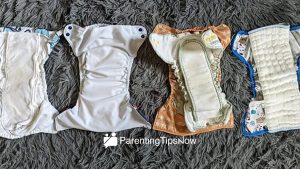
Types of Infant Diapers in the Philippines: Disposable vs. Cloth
When it comes to choosing between disposable and cloth infant diapers in the Philippines, there are key factors to consider. Disposable diapers offer convenience and ease of use, perfect for busy parents juggling multiple tasks. On the other hand, cloth diapers are eco-friendly and cost-effective in the long run, promoting sustainability and reducing waste. The tropical climate of the Philippines also plays a role in decision-making, as cloth diapers may provide better ventilation for a baby’s sensitive skin.
One important aspect to note is the variety within each type of diaper. For disposable diapers, there are options available with different absorbency levels, sizes, and features like wetness indicators. Cloth diapers come in various styles, such as pre-folds, flats, fittings, or all-in-ones, allowing parents to customize their choice based on their lifestyle and preferences. Ultimately, both types of infant diapers serve their purpose effectively – it’s all about finding what works best for your family dynamics and values.
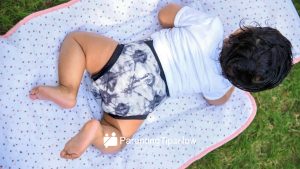
Sizing and Fit: Infant Diapers in the Philippines
When it comes to the sizing and fit of infant diapers in the Philippines, it’s important for moms to consider the weight and age recommendations provided by the brands. Ensuring the diaper is neither too tight nor too loose can help prevent leakages and discomfort for your little one. Since infants grow rapidly in their first few months, regularly checking that the diaper is still fitting correctly is essential.
Many Filipino moms find that selecting a diaper with adjustable tabs or stretchy sides can provide a more customized fit for their baby. Additionally, considering the shape and size of your baby’s body can also impact how well a diaper fits. Some brands offer specific designs that cater to different body shapes, making it easier for moms to choose a comfortable and secure option for their little ones.
Remembering that each baby is unique and may require different sizes or styles of diapers can make the shopping process less overwhelming. By paying attention to your baby’s cues and being open to trying out different options, you can find the perfect sizing and fit of infant diapers that will keep both you and your little one happy and content throughout the day.
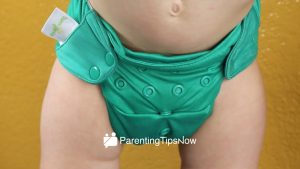
Changing Tips and Techniques of Infant Diapers in the Philippines
One emerging trend in the Philippines is the shift towards eco-friendly diapering options for infants. Parents are becoming more conscious of their environmental impact and are opting for reusable cloth diapers or biodegradable disposable diapers in the Philippines. This movement not only benefits the planet but also provides a healthier and safer option for babies’ delicate skin.
Another changing technique gaining popularity is elimination communication, where parents learn to read their baby’s cues and signals to understand when they need to go potty. This practice reduces dependence on diapers and fosters better communication between caregivers and infants. By tuning into their babies’ natural rhythms, parents in the Philippines are finding a more holistic approach to infant care that goes beyond simply changing diapers.
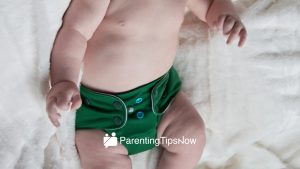
Eco-friendly Infant Diapers in the Philippines
For environmentally-conscious parents in the Philippines, eco-friendly infant diapers are becoming a sought-after choice. Made from sustainable materials such as bamboo or organic cotton, these diapers are gentle on the baby’s skin and reduce environmental impact. Brands like Coco Earth and Seventh Generation offer biodegradable options that decompose faster than conventional diapers, reducing landfill waste.
Choosing eco-friendly infant diapers in the Philippines not only benefits the planet but also contributes to your baby’s health and well-being. These diapers are free from harmful chemicals and synthetic materials that can irritate sensitive skin. With advances in technology, eco-friendly diaper brands have been able to create products that are just as absorbent and reliable as traditional disposable diapers. Making the switch may require a bit of adjustment at first, but ultimately, it is a small change that can make a big difference for both your child’s future and the environment.
Overnight Diapering Solutions for Better Sleep: Infant Diapers in the Philippines
Overnight diapering can be a game-changer for both babies and parents in the quest for uninterrupted sleep. In the Philippines, finding the right overnight diapering solution is essential for ensuring comfort and dryness throughout the night. Brands like EQ Dry have specifically designed diapers that offer superior absorbency and leak protection, making them ideal for extended wear during bedtime. These high-quality diapers are crafted to provide maximum comfort while also reducing the need for frequent nighttime changes, allowing babies to sleep soundly.
Moreover, considering the tropical climate, choosing breathable overnight diapers in the Philippines becomes crucial to prevent discomfort due to heat and moisture buildup. Pampers Baby Dry Pants are a popular choice among Filipino parents as they feature a highly absorbent core that keeps babies dry all night long without causing any skin irritation. This innovative design not only ensures long-lasting dryness but also provides ease of use with its convenient pull-up style, simplifying nighttime changing routines for exhausted parents. Ultimately, investing in suitable overnight diaper solutions can significantly improve a baby’s quality of sleep and contribute to a more restful night for everyone involved.
Wrapping Up: 11 Types of Infant Diapers in the Philippines
As we wrap up our exploration of the 11 types of infant diapers available in the Philippines, it’s clear that modern moms are spoilt for choice when it comes to keeping their little ones comfortable and dry. From eco-friendly options to ultra-absorbent designs, there truly is a diaper to suit every baby’s unique needs and every parent’s preferences.
One key takeaway from this comprehensive list is the innovation and variety present in the infant diaper market. Brands have continuously pushed boundaries to create products that are not only functional but also cater to specific concerns like sensitive skin or overnight leakage. With disposable, cloth, and even reusable diaper options now readily available, parents have greater flexibility in choosing what works best for their babies while also being sustainable.
In conclusion, as we celebrate the diverse range of infant diapers in the Philippines, it’s important for moms to remember that finding the right fit may require a bit of trial and error. What works well for one child might not work as effectively for another. Ultimately, the goal remains constant: providing comfort and protection so both parents and infants can enjoy precious moments together without worrying about leaks or discomfort.


